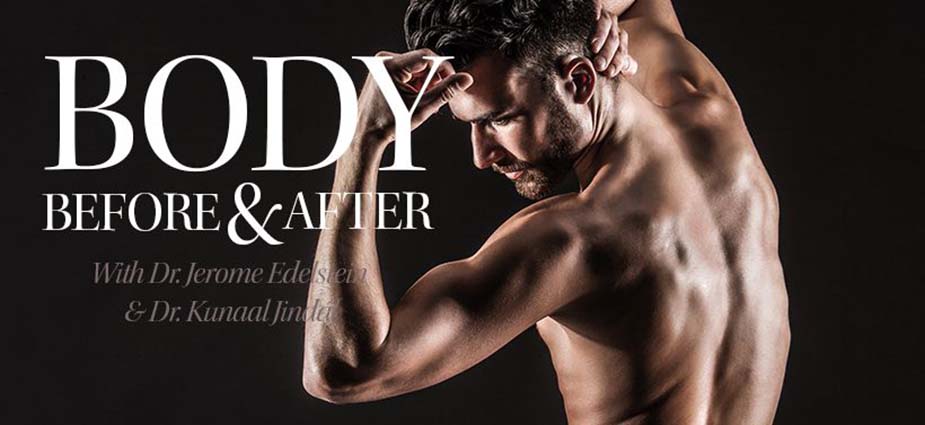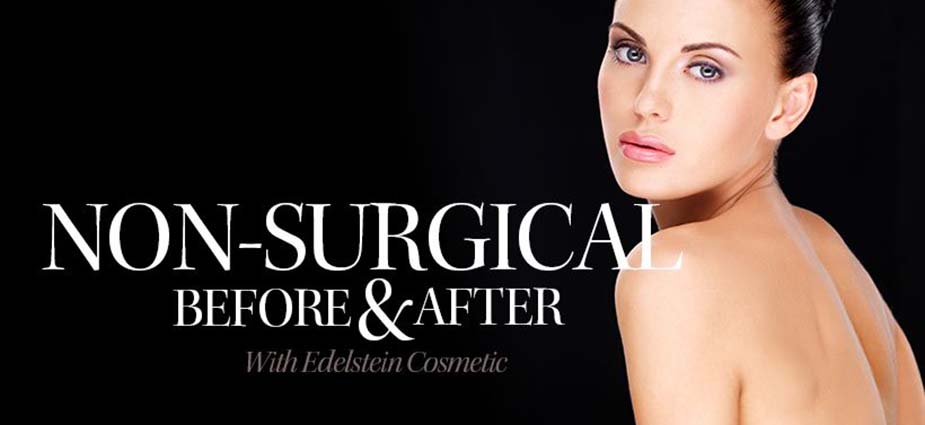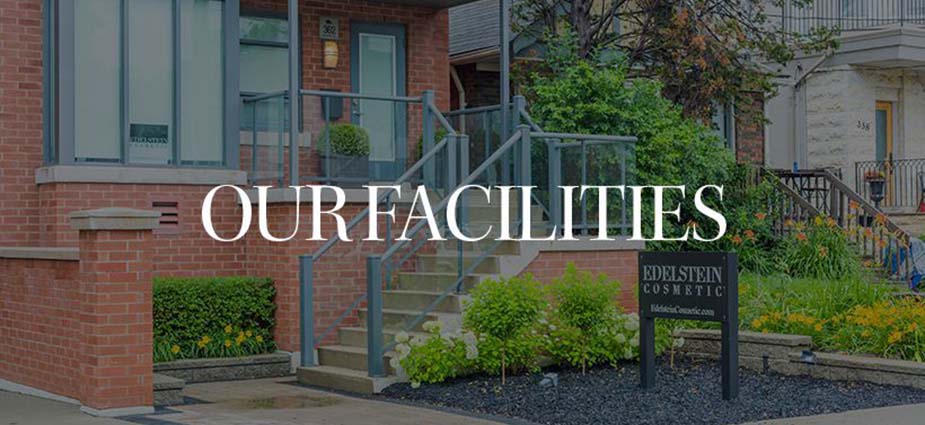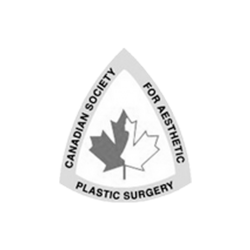Macromastia (or female breast hypertrophy) is a form of abnormal breast tissue enlargement that is characterized by excessive tissue growth. The condition can develop for a number of different reasons, but is usually the result of overactive glands and/or overactive fatty tissue. Causes include pubertal development, post-natal growth, menopause, weight gain and/or menopause. Related health issues almost always plague sufferers, such as back, neck or breast pain, poor posture, shoulder grooving, excess weight and lifestyle limitations or embarrassment.
Macromastia severity is judged to be mild if tissue growth is less than 300 grams above the appropriate size, moderate if between 3-800 grams and severe if more than 800 grams. The condition can affect one or both breasts and is sometimes accompanied by ptosis (sagging). Affected breasts can be comprised of fatty tissue that reaches nearly 90% (except while the woman is pregnant or lactating). Because of this a size reduction may be possible through liposuction only.



































